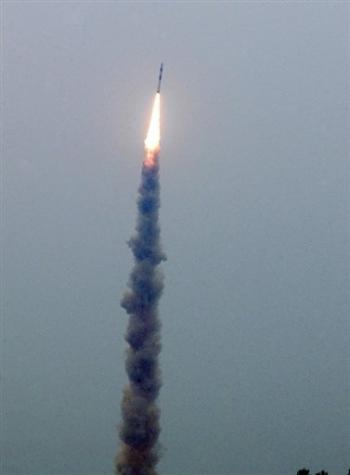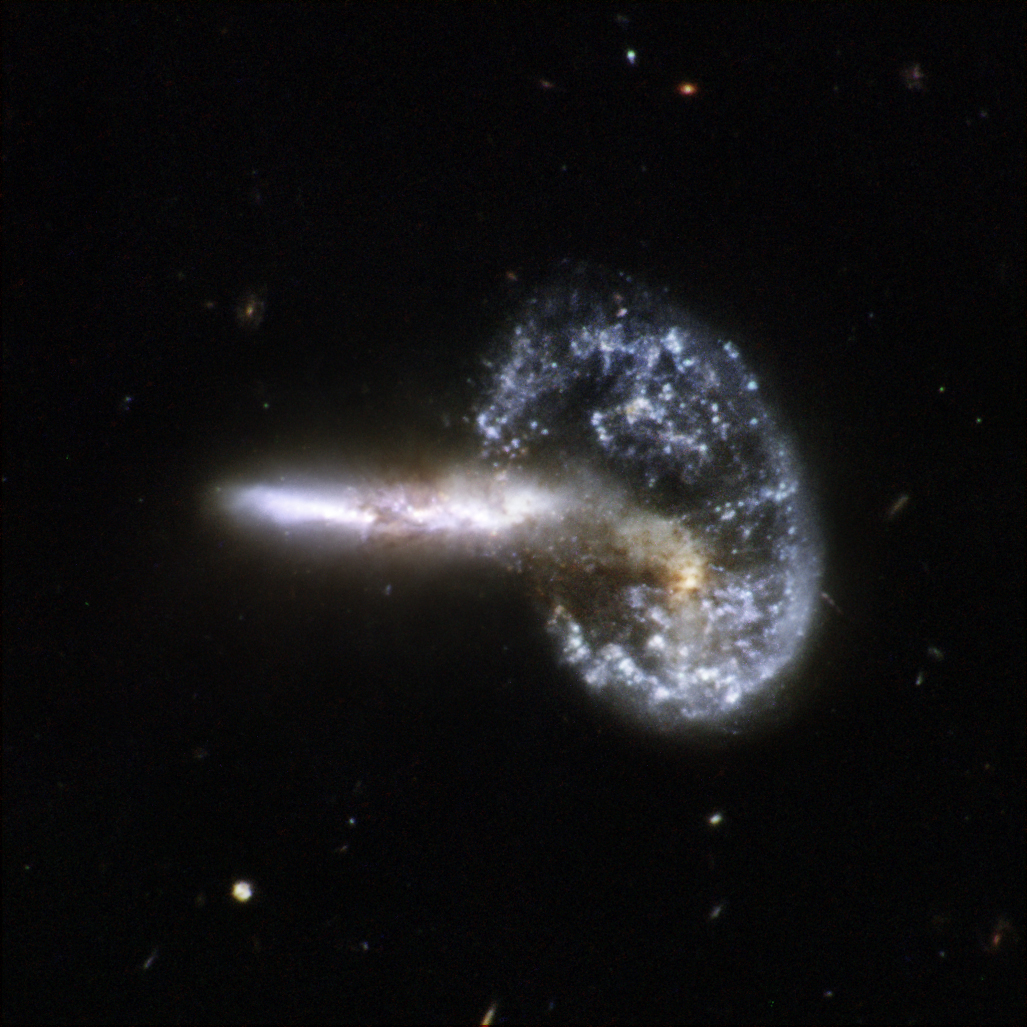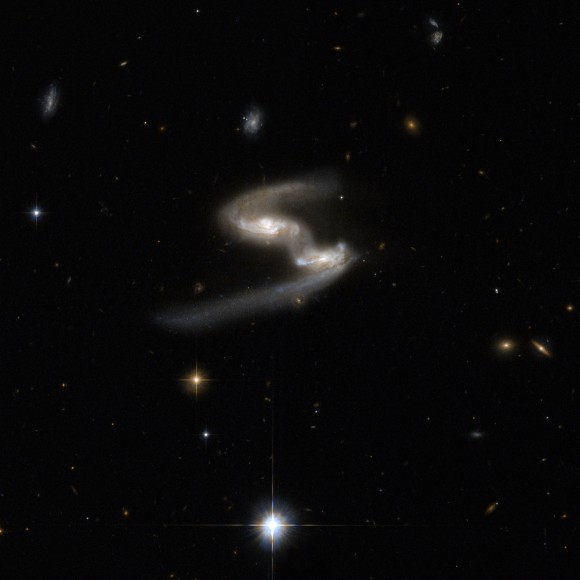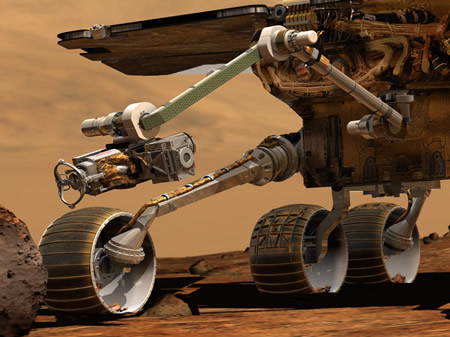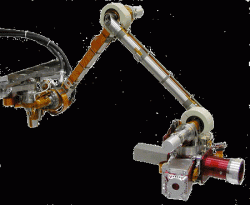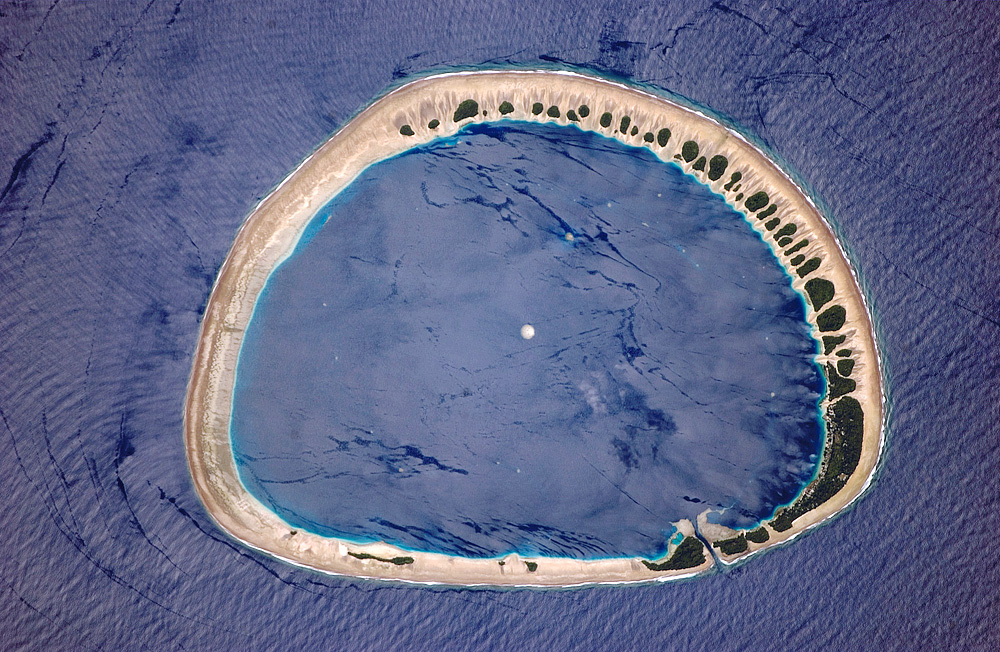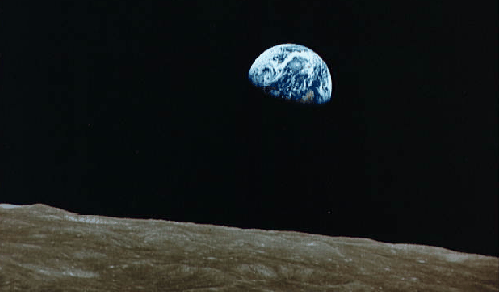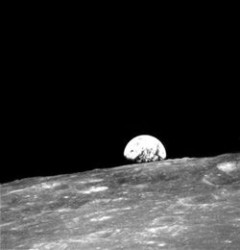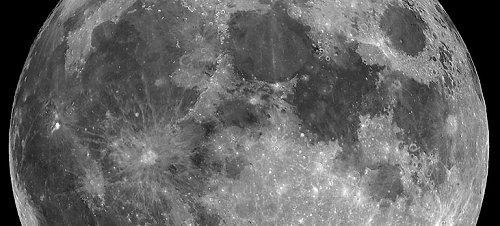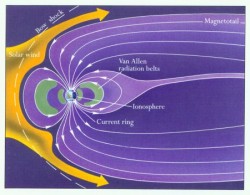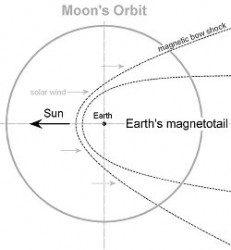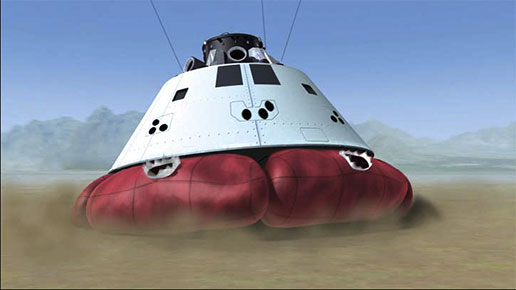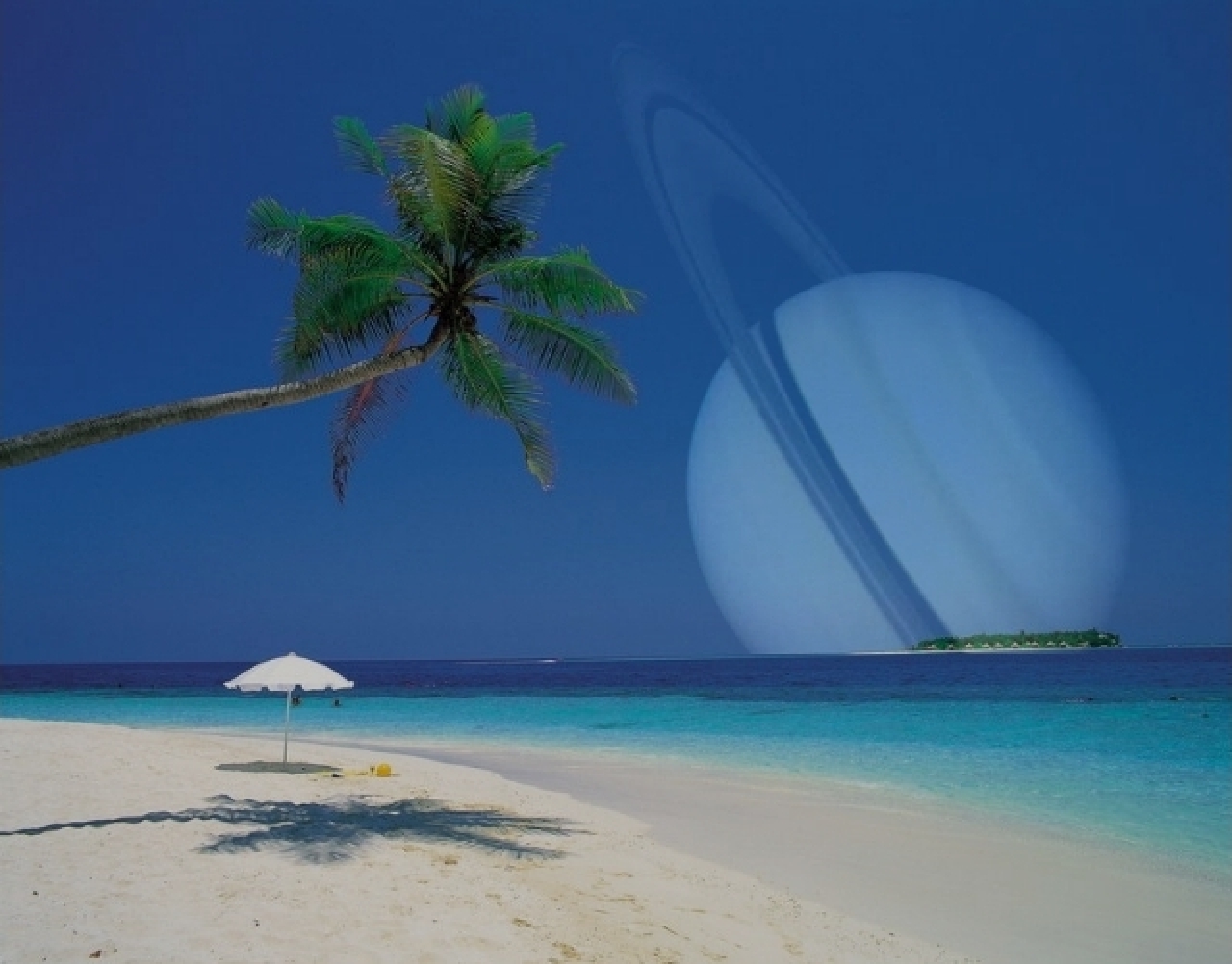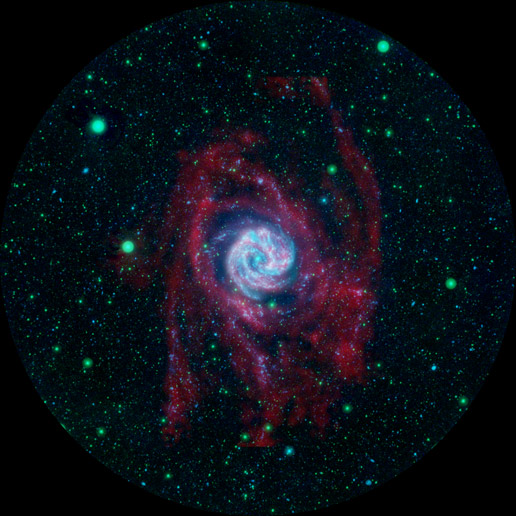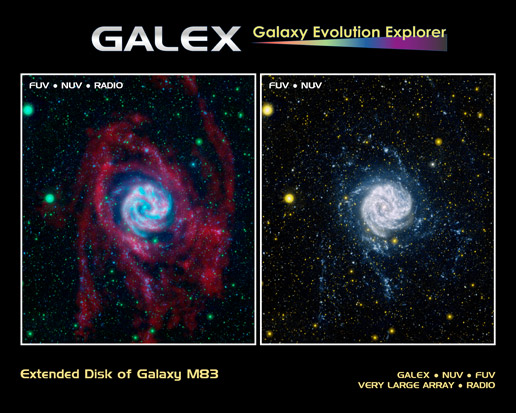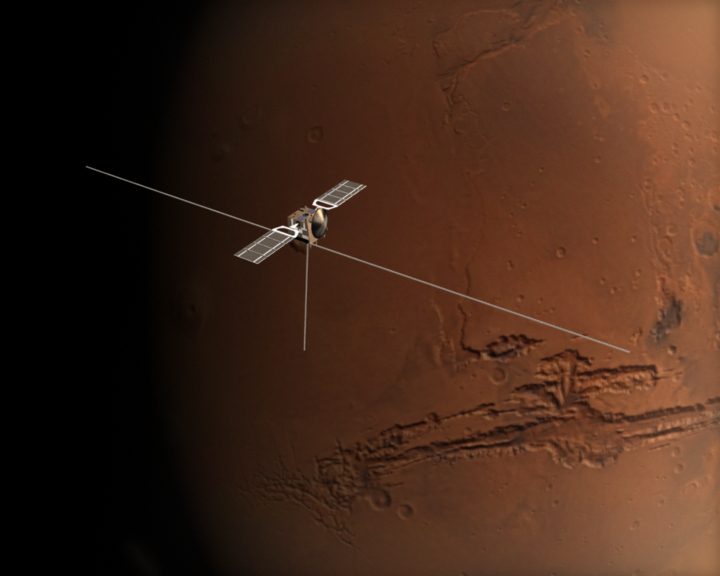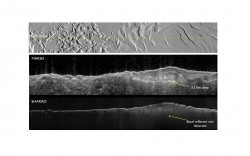India’s space agency sent a record 10 satellites into Earth orbit with a single launch early Monday. The Polar Satellite Launch Vehicle (PSLV) rocket ejected all the satellites within minutes of each other after liftoff from the Sriharikota space station in southern India. Initial signals indicated all the satellites were working normally. India is seeking to compete with other space-faring nations for commercial launch services, and this mission’s success demonstrates India’s ability to launch multiple payloads into precise orbit. The flight breaks the previous record of eight satellites launched at once by a Russian rocket, according to Indian news reports.
It was the 13th flight of the Polar Satellite Launch Vehicle, which has “repeatedly proved itself as a reliable and versatile workhorse launch vehicle,” said Indian Space Research Organization (ISRO.) Later this year India will launch its own a lunar mission, Chandrayaan which will orbit the moon to create chemical and topographical maps.
The satellites included a 690-kilogram (1,518-pound) remote-sensing satellite, Cartosat-2A, an 83-kilogram mini-satellite and a cluster of eight so-called nano-satellites, each weighing between three kilograms and 16 kilograms. The two larger satellites were built by the ISRO, but the nano-satellites were built by research institutions from Europe, Canada and Japan.
“[India] wants to market its launch systems and also its capability in earth imagery,” said Ajay Lele, a space expert at the Institute of Defence Studies and Analyses in New Delhi. “The mission is very significant from a commercial point of view.”
“The mission was perfect,” said ISRO chairman G. Madhavan after the launch was telecast live.
“It is a historic moment for us because it is the first time that we have launched 10 satellites in a single mission,” he added.
Cartosat-2A, the main satellite launched Monday to an altitude of 630 kilometres (391 miles) above earth, also has a domestic economic dimension and can be used for intelligence gathering as well, officials say.
Here’s a YouTube Video from an Indian television station (in English) with more information about the launch.
Last year, India launched an Italian spacecraft into orbit, and in January 2008, it launched an Israeli spy satellite.
For more information about India’s space agency: ISRO.
Original News Source: AFP

